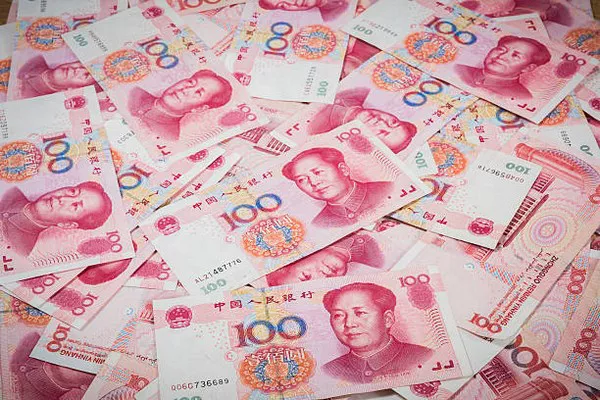China’s debt levels have been a subject of concern both domestically and internationally, with its debt-to-GDP ratio climbing steadily over the years. According to data from the Institute of International Finance, China’s total debt reached a staggering $46.6 trillion by mid-2023, making it one of the highest in the world. This represents over 320% of its GDP, a figure that surpasses the global average by a significant margin.
Historical Growth of Debt
The trajectory of China’s debt can be traced back to the late 1970s when the country initiated economic reforms under Deng Xiaoping. During this period, China experienced rapid industrialization and urbanization, fueled by large-scale investments in infrastructure and manufacturing. While these policies led to impressive economic growth, they also laid the groundwork for a debt buildup that would escalate in the coming decades.
Government Debt
The Chinese government has played a pivotal role in driving economic growth through extensive spending on infrastructure projects, such as roads, railways, and airports. These investments have been instrumental in modernizing China’s economy and facilitating its integration into the global market. However, the heavy reliance on debt financing to fund these projects has contributed to the accumulation of government debt, which currently stands at around 65% of GDP.
Corporate Debt
One of the key drivers of China’s debt surge is the proliferation of corporate borrowing, particularly among state-owned enterprises (SOEs) and real estate developers. The real estate sector, in particular, has witnessed explosive growth fueled by easy access to credit and lax lending standards. This has led to a significant buildup of debt among property developers, with fears of a potential housing bubble looming large.
Household Debt
In recent years, there has been a noticeable uptick in household debt as consumers increasingly turn to credit to finance their consumption needs. This trend is partly fueled by rising incomes and a growing middle class, but it also reflects broader shifts in consumer behavior towards a more credit-dependent lifestyle. As household debt levels continue to rise, there are concerns about the potential risks it poses to financial stability and economic growth.
External Debt
China’s lending practices abroad, particularly through its Belt and Road Initiative (BRI), have also contributed to its overall debt burden. While the BRI aims to promote infrastructure development and enhance connectivity across Asia, Africa, and Europe, critics argue that it has resulted in a debt trap for some participating countries. As China extends loans to these nations for infrastructure projects, there are growing concerns about their ability to repay, potentially exacerbating China’s exposure to external debt risks.
Economic Policies
Several economic policies have fueled China’s debt accumulation, including stimulus measures to support growth during periods of economic slowdown. Following the global financial crisis in 2008, China implemented a massive stimulus package to bolster domestic demand and cushion the impact of the downturn. While these measures were effective in sustaining growth in the short term, they also contributed to a surge in debt levels, raising questions about their long-term sustainability.
Impact of Global Events
Global events, such as the financial crisis and the COVID-19 pandemic, have also played a significant role in shaping China’s debt dynamics. In response to the pandemic, China ramped up fiscal spending and credit expansion to support its economy, further exacerbating its debt levels. Moreover, the economic fallout from these events has highlighted the vulnerabilities of China’s debt-fueled growth model, underscoring the need for structural reforms to address underlying imbalances.
Debt Sustainability
Assessing the sustainability of China’s debt is a complex task, given the interplay of various domestic and external factors. While China benefits from a high savings rate and a large pool of domestic investors, concerns persist about the quality of its debt, particularly in the corporate sector. Moreover, the lack of transparency and data accuracy in China’s financial system complicates efforts to gauge the true extent of its debt risks.
Political Implications
High debt levels carry significant political implications for China, both domestically and internationally. Domestically, rising debt could undermine the government’s credibility and erode public trust if not managed effectively. Internationally, China’s growing indebtedness raises questions about its ability to sustain its ambitious geopolitical agenda, particularly its BRI projects. Moreover, concerns about debt sustainability could strain China’s relations with its trading partners and creditors, leading to increased scrutiny and pressure on its economic policies.
Future Outlook
Looking ahead, the trajectory of China’s debt will depend on its ability to implement structural reforms aimed at rebalancing its economy and reducing its reliance on debt-driven growth. While the government has taken steps to deleverage the financial system and tighten regulations on lending, much remains to be done to address underlying vulnerabilities. The coming years will likely see China grappling with the challenge of managing its debt while sustaining economic growth, with profound implications for its domestic stability and global standing.


